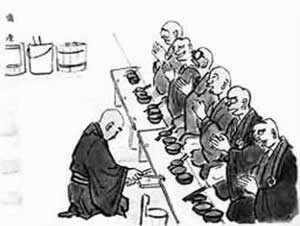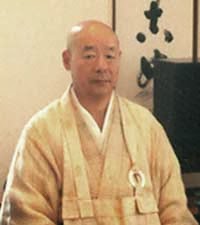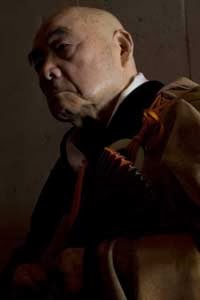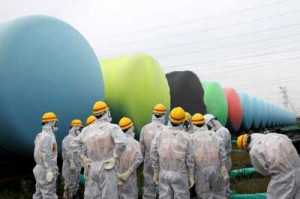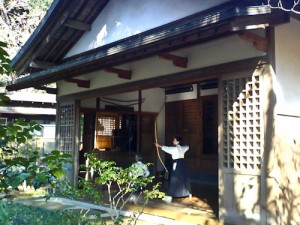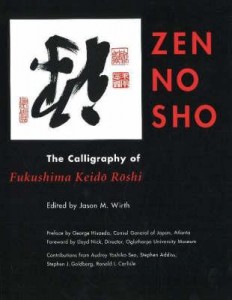What the Buddha said (or maybe not)
Actually, I don’t care much. Who knows what he really said, the oldest written records still existing today were compiled hundreds of years after he passed away. Most likely, even calling him “Buddha” is a much later invention… said that, exploring ideas and ways of thinking can be a joyful activity, and the ideas of someone we still talk about 2500 years after he lived his life might well be interesting.
From a Zen point of view it should be noted that we must not put too much hope and expectations into such an endeavour: when I have a problem (or I am my problem), and someone explains it to me and tells me it can be understood and there is a cure and how the cure looks like and I listen and understand and nod my head … the problem is still there. It does not simply vanish by understanding, by reasoning … I cannot think essential problems away like I solve a mathematical question. All the words and thinking (of course including these words) can only point to a certain praxis, a way of living, by this making our thoughts and problems superfluous once we become familiar with the praxis. If we stick to words of wisdom, if we collect ways of thinking like books in a shelf and use them as tools for arguing this or that way, we miss the essential point.
O.k., after this note of warning, let me point you to the lectures and writings of a former monk and Buddhist scholar, who is kind enough to share his insights and enormous wisdom (and never forgets to remember the delighted listener or reader of the importance of practise), John Peacock.
A good starting point might be his six talks available via the webpage of the Insight Meditation Center:
which are continued by:
The Buddha’s Teaching on Loving-Kindness: A Mature Path to Awakening
If you prefer reading, these two articles by John Peacock published via the Barre Centre for Buddhist Studies are an excellent primer:
Mindfulness & the Cognitive Process, Part I
Mindfulness & the Cognitive Process, Part II
During our Sesshin we recite the Hannya Shingyo (Heart Sutra), and I often interpret a few essential lines during the Dharma talks. Usually, I introduce this by pointing out that it is a mission impossible to give a detailed explanation of the short text, line by line, in just thirty minutes. A series of 16 talks (a bit more than six hours) by John Peacock concerning the Heart Sutra can be found here:
The Heart Sutra – John Peacock – Dharmagiri S.Africa 2011
It took me three days to go through all the material listed above just once, though maybe even a couple of months might well not be sufficient time to read and listen thoroughly … so I hope these links won’t distract you too much from your practise, but instead serve as an inspiration and motivation to continue!

